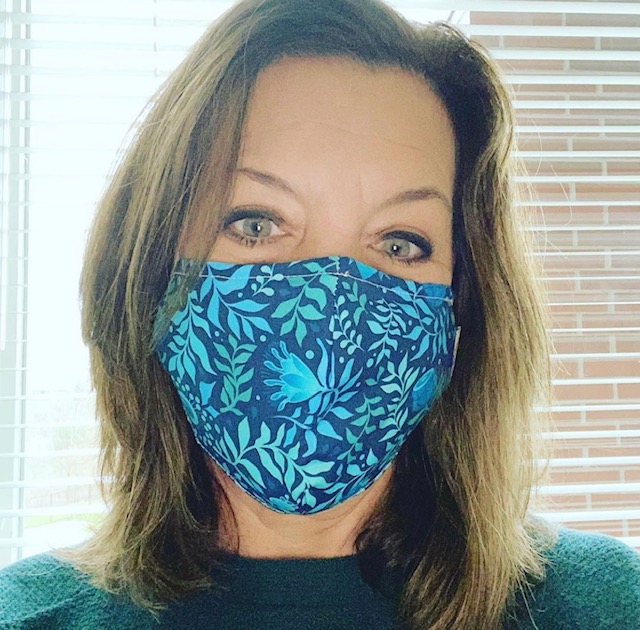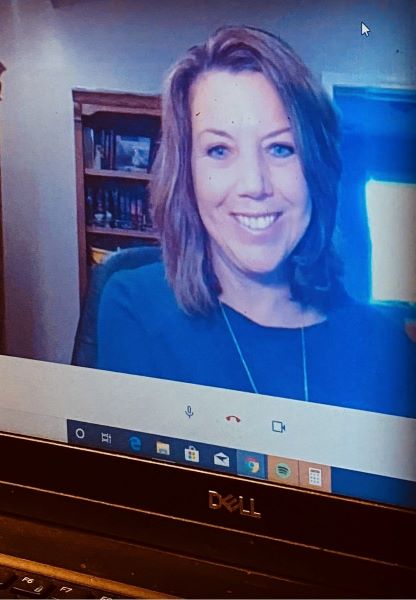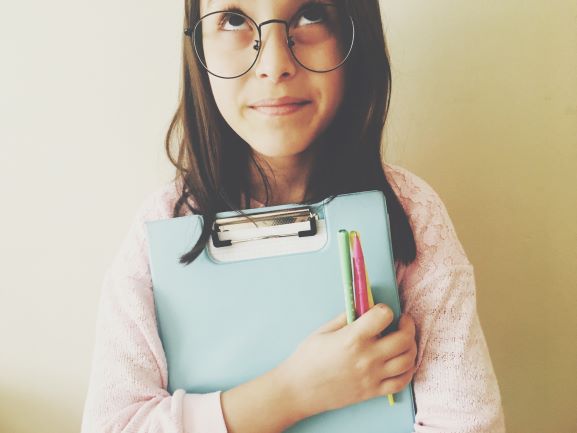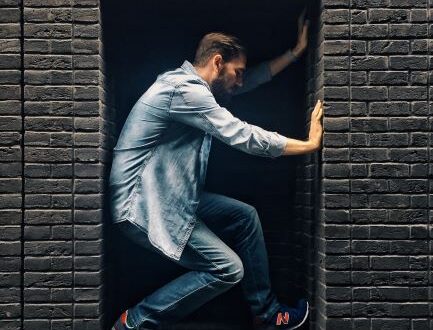
Pandemic Teaching: An Insider’s Perspective
The challenges of first year teaching are unforgettable. When I was a new educator, I spent endless hours trying to master the most effective classroom management and teaching strategies along with engagement hacks to keep students focused and successful every day. I barely slept as I spent entire nights developing creative lesson plans while guzzling caffeine to keep me awake. It was a year of trial and tribulation that left plenty of room for growth. As 17 years have gone by, my memories of the first year, though still there, have faded, and classroom routines and practices come naturally with a much higher success rate. This year, however, I as well as most teachers around the world, have been thrust back into a first-year-of-our-career scenario as full-blown pandemic teaching hits home.

Sure, we caught a glimpse during the spring of 2020 with a crash course in reality. As COVID 19 swept the globe changing the face of education, we quickly learned to teach online and prepare the best resources that we could so our children could meet the standards and find success. But there was a light at the end of the tunnel: In our minds, it was a temporary solution, and we just had to survive until summer.
Fast forward to the 2020-2021 school year. Education around the globe looks different depending on location. Some students are back in school full-time; others follow a hybrid schedule, and the rest have moved to online learning. Many teachers, in order to satisfy community needs, find themselves teaching online and in-class at the same time.
As an immunocompromised teacher who faces a high risk of not only contracting COVID 19, but also of suffering more severe effects because of my health conditions and medication, my career has drastically changed. I’ve gone through a whole gamut of emotions from mid-summer when it was clear that we would still be facing a pandemic at the beginning of the school year to now as we edge close to mid-year. I am teaching in a way that I never thought possible and feeling like a first year teacher again.
Taking guidance from my doctor in July, I presented our district superintendent with a medical letter advising that working within the school population during the pandemic would be dangerous for me and requesting an alternate placement. While I was convinced I would be jobless or doing something completely online, I was thrilled with my district’s flexibility and their ultimate plan for me. I am still able to teach my students in my classroom, but while students are sitting together in school each day or are joining us remotely if under quarantine, I am not with any of them in the traditional sense. Each day I connect to my classroom, including 7 different classes and a team meeting, via an online learning platform from my home office. A paraprofessional in my classroom connects me in school for each class and helps with anything else that needs to be done from within the classroom.
I’ve been teaching from my home office for over 3 months now, and this new version of teaching reading to middle school students certainly comes with its ups and downs. While I am grateful to my district for allowing me to continue to teach my subject and my students, I completely miss teaching as we know it. To me, the most important part of teaching is building relationships with my students. This is now one of my biggest challenges–the “wall” between us does not allow me to pull students aside to offer help when they look like they’re having a tough day. It doesn’t allow me to quietly offer a quick private tutorial when I see a confused look on someone’s face. It doesn’t allow individual time for students to share their personal stories as I get to know them better. My paraprofessional is amazing and thankfully can handle many of these aspects, which is perfect for our students. They really do rely on us as a team. However, the situation leaves me missing my favorite parts of teaching even more.

COVID presents other challenges in the classroom as well. The best practices educators use to help students learn through collaboration and cooperation are no longer options. Contact tracing has eliminated our strategies that work most effectively to engage students and to keep them moving throughout the period. Are my students still learning? Without a doubt, yes, they are. They’re success rate has impressed me, but I deal with the pressure I put on myself daily when I consider how much better I could be if I were a real person with them in the classroom rather than just a face on the screen.
Additionally, that inability for my students to see me as real can complicate other areas as well, especially when combined with the elimination of the typical best practices. I’ll start by saying I teach mostly all well-behaved students who come in with the understanding that my classroom looks a little different, so their best behavior is necessary. They definitely aren’t perfect, and neither am I, but they do really well. Then there is that one class where a few students work their hardest each day to provide me with a challenge, perhaps the biggest I’ve faced in my teaching career. Classroom management from the screen while they sit in the classroom can be difficult, and they know it. Prior to this year, I rarely wrote up any students. I could handle issues from within my classroom if and when they arose. Now as just a face on the screen, I’ve had to call in the troops for support–our principal, our school counselor, and our disciplinary staff have all had my back. Although I am appreciative of their support, I feel inept for needing it. I should be able to stand on my own two feet; I should be able to manage anything that comes my way, but instead, I feel like I’ve started my teaching career all over again.
Technology is beautiful. It allows me to do my job right now in ways that wouldn’t have been possible when I started teaching. Yet, when I rely on it most, it sometimes fails, presenting another set of problems. There are days when I am happily teaching from my home office, and all of a sudden my students disappear, and I lose their attention as well as several minutes of valuable time as I establish another connection to my classroom. Most recently, when beginning a period with my challenging class, I lost my camera, my only window to see my students–unfortunately, I could still hear everything as the chaos erupted. I didn’t even know where to start with management because I was literally teaching blindly. Thankfully, the glitch didn’t last long and the startled looks on their faces when I could call them out by name again was priceless. Yet another complication lies in the microphones and sound system while I attempt to hear some of the quiet twelve-year-old voices through their masks. The echoes and other high-pitched noises that reverberate throughout the room during our class just add to the fun. Finally, the self-induced technology glitches still occur. For example, I hit mute while my dog barks in the background, but forget to unmute when I start instructing again. I grow frustrated because it seems as though nobody is paying attention, but then I realize they’re not listening because they actually can’t hear me. If nothing else, the technology fails are always good for a laugh about a week after they happen.

Education this year is certainly an experiment. New techniques and strategies prevail out of necessity, and teachers everywhere work their hardest to face new challenges. The teaching career has quickly evolved into a marathon with educators struggling to have the stamina to plan, prepare lessons for, and teach online and in person all at the same time. Individual needs like my own add to the new reality of education. Most importantly though, is that teachers are finding the stamina. No matter what this pandemic throws at us, we’ve learned that we can stand up to the situation and figure out ways to make it work. We learned that we can still reach children successfully whether or not we stand with them inside the classroom. Teaching in 2020 is clearly a superpower.





